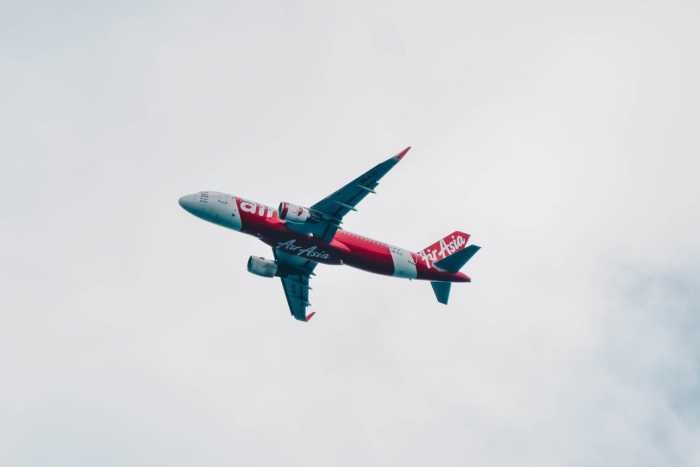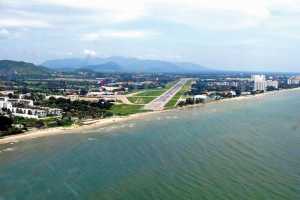
Thai Local Airlines Battle For Dominance
11th Jul 2013

The Center for Aviation (CAPA) recently made a careful analysis about the current state of the commercial aviation industry in Thailand that primarily focused on the domestic players.
NOK AIR TO EXPAND AFTER IPO'S SUCCESS
Following its recent successful initial public offering (IPO), Nok Air is now poised to give its competitors a run for their money. The low-cost airline was able to raise THB4.875 billion (US$156 million) which it will use to acquire more planes for its route expansion in the domestic market.
The low-cost carrier currently flies to 22 domestic destinations, making it the largest domestic airline in Thailand. The airline's fleet of 7 turboprops are being utilized to serve half of these routes. Nok Air has a fleet of 20 aircraft, 13 of which are B737 jets.
THAI AIRWAYS' SHARES IN NOK AIR THINNING
Although Thai Airways neither bought nor sold its shares in Nok Air during the latter's recent initial public offering (IPO), the flag carrier remains the major stakeholder of the budget carrier that it helped founded in 2004.
However, after the IPO last month, Thai Airways' total shares in its subsidiary was reduced to 39.2%, down from 49% that it previously held.
As a result of Nok Air's conversion into a public entity, it increased its seats on the board to 12. Since Thai Airways didn't elect any new members in addition to five it already has on the board, it loses its control in the new board, giving Nok Air somewhat more independence in its day-to-day operations.
WHILE THAI AIRASIA IS GOING STRONG...
While rival Nok Air dominates the skies in Thailand, Thai AirAsia, nevertheless, captures bigger share of the pie in terms of market share with 27%.
Since its debut in 2003, just a year ahead of Nok Air, Thai AirAsia has been working hard to lure away customers from more established full-service airlines in Thailand with the proven no-frills, low-fare strategy as practiced by its mother unit, the budget leader, AirAsia.
The Thai subsidiary is now poised to move further ahead of the race as it adds seat capacity and flight frequency to traditionally lucrative domestic routes such as the Bangkok-Phuket and Bangkok-Chiang Mai sectors, both having 10 daily flights each.
...NOK AIR FLEXES ITS WAY STRONGER
The battle royal between Thailand's chief rivals in the domestic market seems to be heading to a duel with Nok Air and Thai AirAsia in the forefront.
While Thai AirAsia is gaining strength in its fight for dominance in the domestic market, Nok Air is not far behind with its unchallenged presence in the country's smaller markets which the former can't go.
Thai AirAsia seems to be unwilling, or call it unable, to rain on Nok Air's parade in those markets as its planes, A320s, are too large for the small air strips in secondary airports leaving Thai AirAsia seems to be scratching its head.
Nok Air uses turboprops for these small airports enabling it to monopolize those markets, thereby gaining a clear advantage over its chief rival.
Nok Air is now on an expansion mode with the acquisition of more planes, especially smaller aircraft, to expand its network.
The budget carrier currently operates a total of 20 planes in its fleet, consisting of 13 B737 jets and 7 turboprops. It will take delivery of its 14th B737 aircraft by the end of this year.
ENTER THE LION
There seems to be a new kid in the block poised to muddle the market dominance issue even more in the foreseeable future.
Lion Air, Indonesia's biggest low-cost carrier, will soon join the fray with its joint venture with a small Thai charter airline, Kan Air.
So it seems that Nok Air's monopoly in the smaller markets is going to be in danger of getting broken as Lion Air enters the scene. But is it interested to ruffle Nok Air's feathers?
Nok Air might get a sigh of relief for the time being as Thai Lion Air is more interested in more lucrative routes with established markets that require larger jets.
Nok Air seems to be heading to another fruitful year ahead with its continued growth in terms of fleet expansion and market share in the domestic travel market.









